Turnkey translation services
Professional translation services for organizations and individuals at the international level since 1988 into the following languages:
English, Spanish, French, German
Arabic, Turkish, Vietnamese
Russian, Uzbek, Kazakh



LOSING CUSTOMERS DUE TO INACCURATE TRANSLATIONS?
WORRIED THAT YOUR DOCUMENTS WILL BE MISUNDERSTOOD?
NEED AN URGENT, HIGH-QUALITY TRANSLATION?
EXPERIENCED TRANSLATORS WITH MANY YEARS OF EXPERIENCE
WE TRANSLATE ANY SUBJECT
WE GUARANTEE THE CONFIDENTIALITY OF YOUR INFORMATION
TRANSLATION STRICTLY ON TIME!
LOSING CUSTOMERS DUE TO INACCURATE TRANSLATION?
WORRIED THAT YOUR DOCUMENTS WILL BE MISUNDERSTOOD?
NEED AN URGENT, HIGH-QUALITY TRANSLATION?
EXPERIENCED TRANSLATORS WITH MANY YEARS OF EXPERIENCE
WE TRANSLATE ANY SUBJECT
WE GUARANTEE THE CONFIDENTIALITY OF YOUR INFORMATION
TRANSLATION STRICTLY ON TIME!
Services
Simultaneous translation
Suitable for:
The interpreter listens to the speaker and simultaneously conveys the translation to the audience through special devices (headphones, microphones, booths).
International conferences and Forums
Business Negotiations and Summits
Webinars and Online Events
Presentations, Lectures, Training Sessions
Business Negotiations and Summits
Webinars and Online Events
Presentations, Lectures, Training Sessions
01
Сonsecutive translation
Suitable for:
The interpreter listens to a fragment of speech and then translates it into another language, using the pauses made by the speaker.
Negotiations, Сonferences, Seminars
Translations at Court Proceedings
Tourism and Excursions
Translations at Press Conferences
Translations at Court Proceedings
Tourism and Excursions
Translations at Press Conferences
02
Written translation
Suitable for:
A translator conveys the meaning of a text from one language to another in written form using special tools.
Business and Marketing
Science and Education
Literature, Culture, Theology
Government and International Relations
Science and Education
Literature, Culture, Theology
Government and International Relations
03
Online translation
Suitable for:
Online interpreting allows you to connect a professional interpreter to any event instantly and with less expanses.
Negotiations, Conferences, Seminars
Translations at Court Proceedings
Tourism and Excursions
Translations at Press Conferences
Translations at Court Proceedings
Tourism and Excursions
Translations at Press Conferences
04
Equipment rent
Suitable for:
We have special equipment for simultaneous interpretation: headphones, microphones, booths, conference system.
Excursions
Conferences
Translations
Training
Conferences
Translations
Training
05
"The quality of your event determines the quality of translation!"
Jikhar Translations
We are trusted
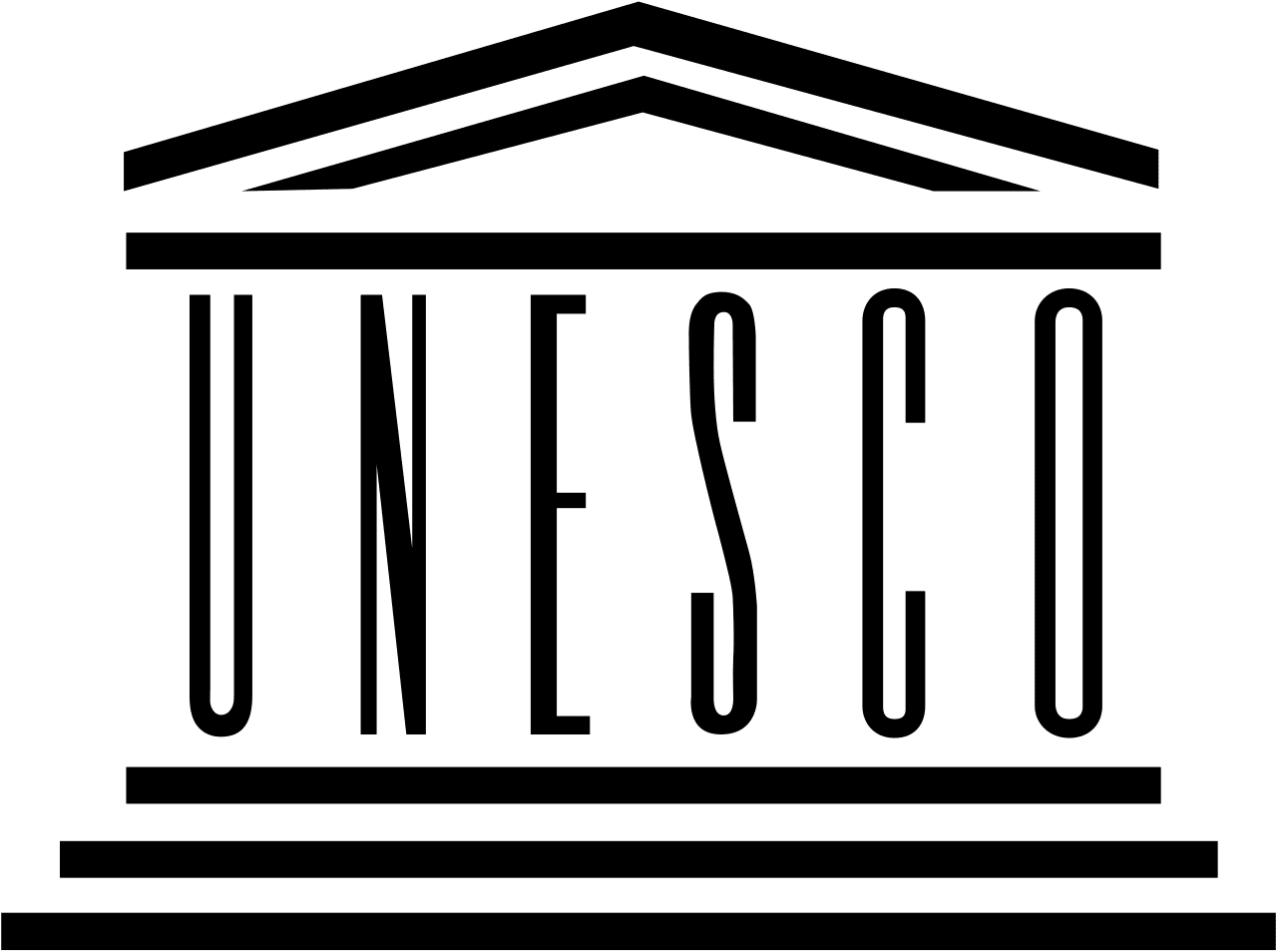

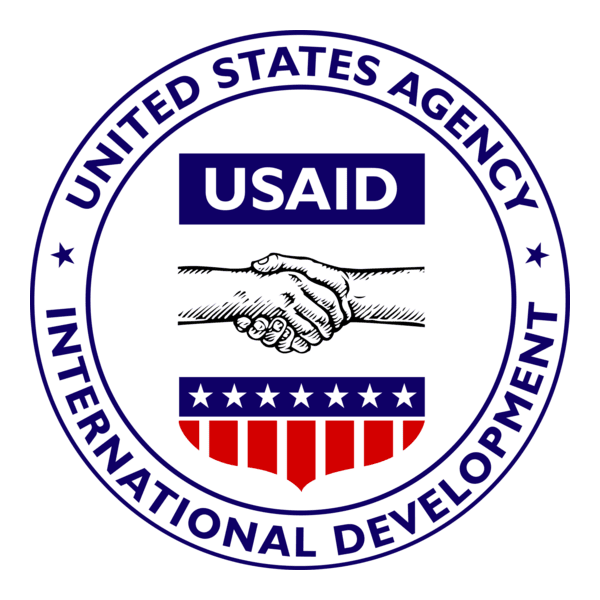

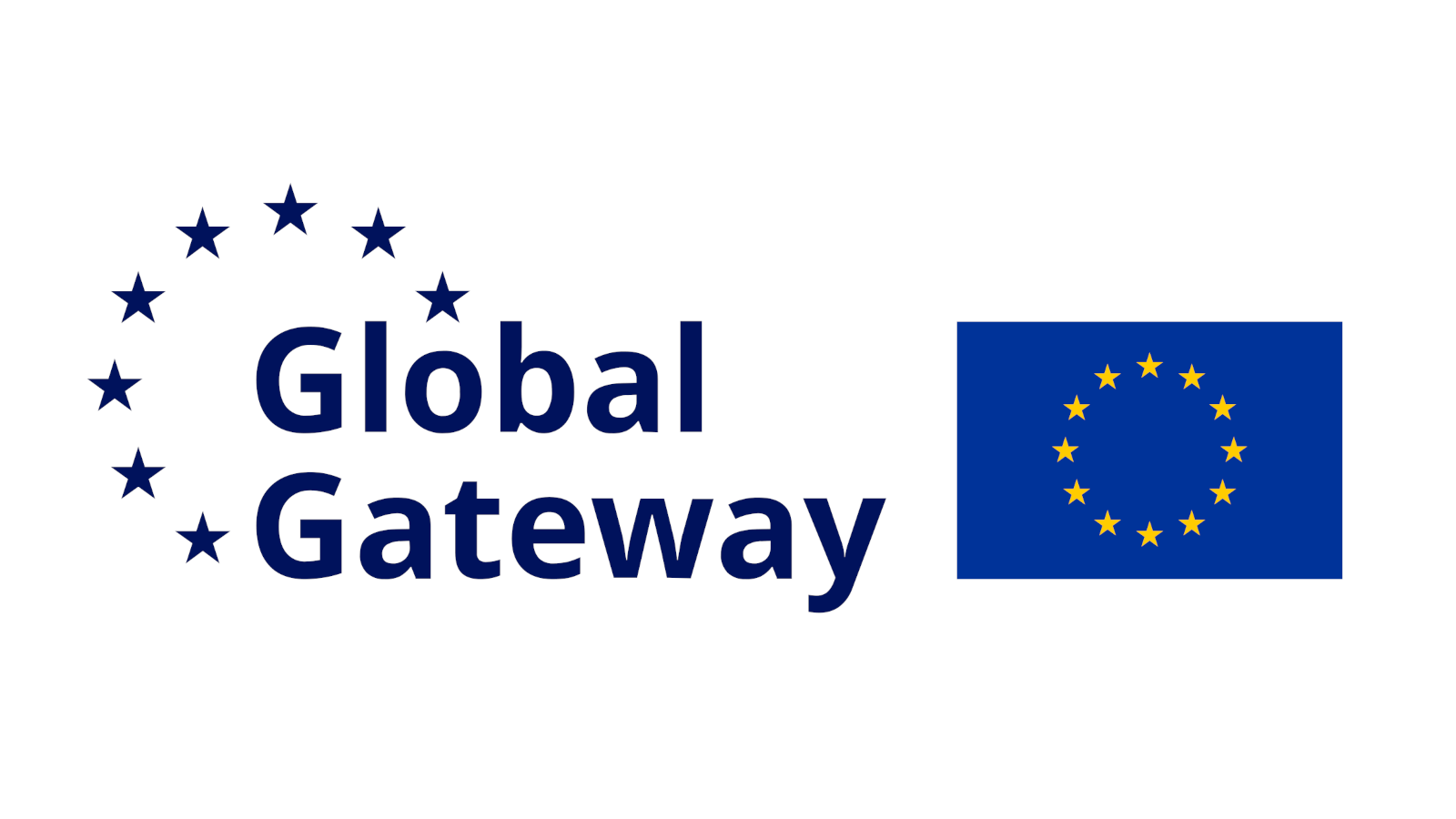
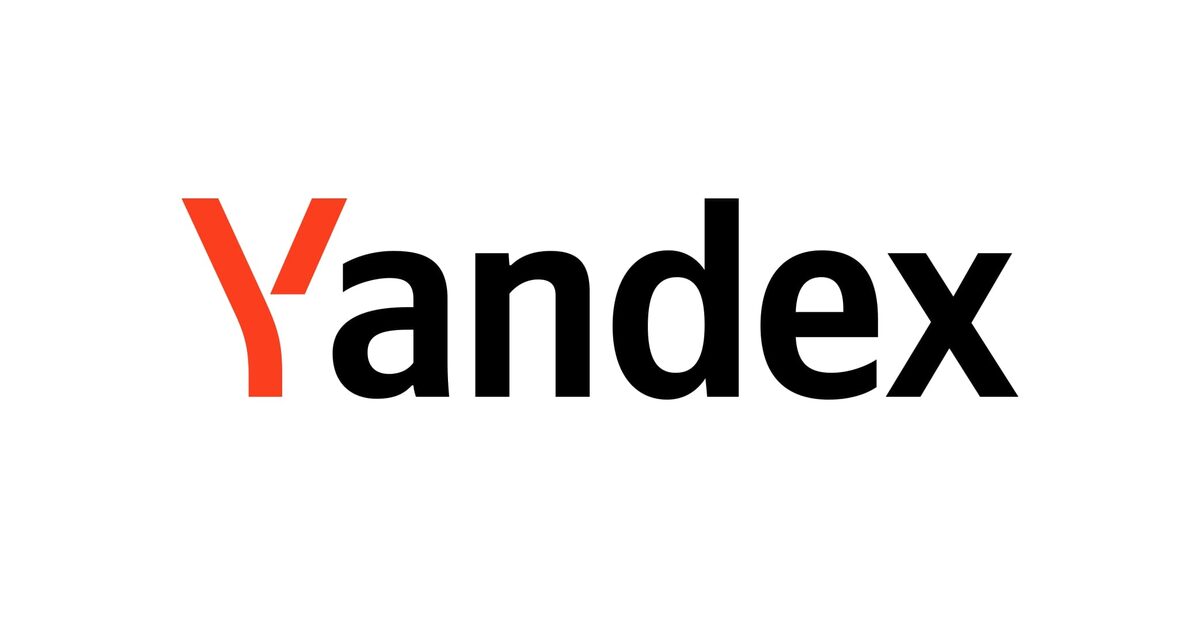
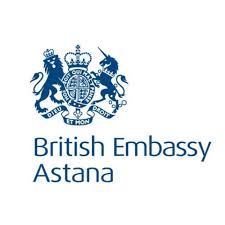


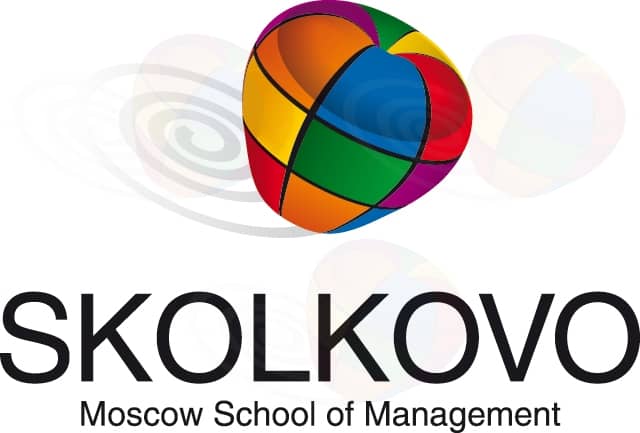
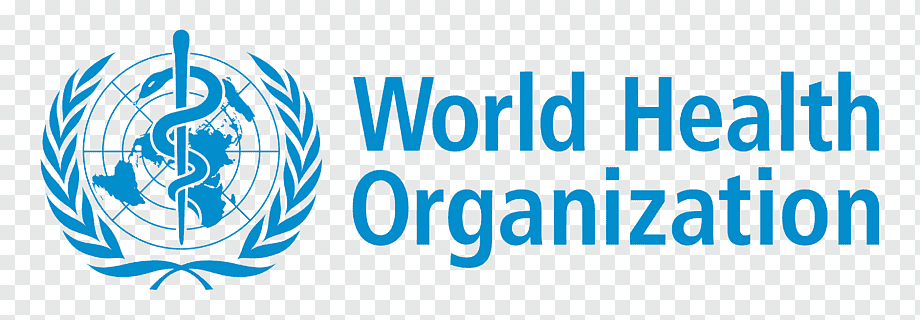

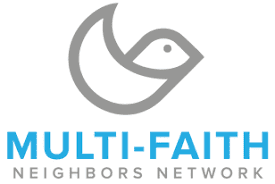
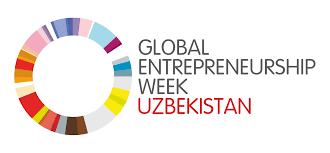
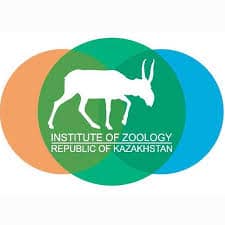
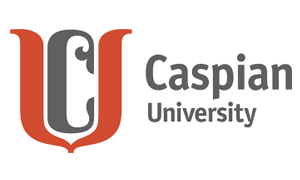


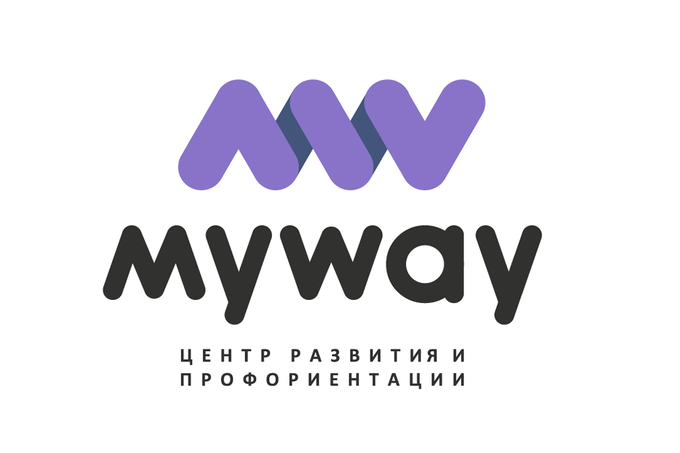

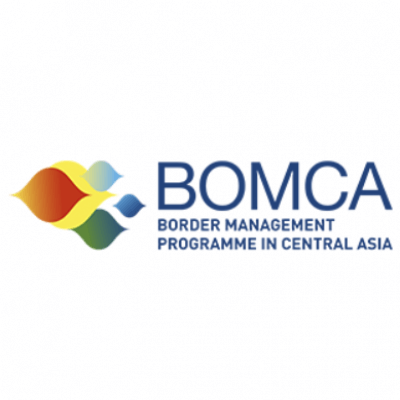


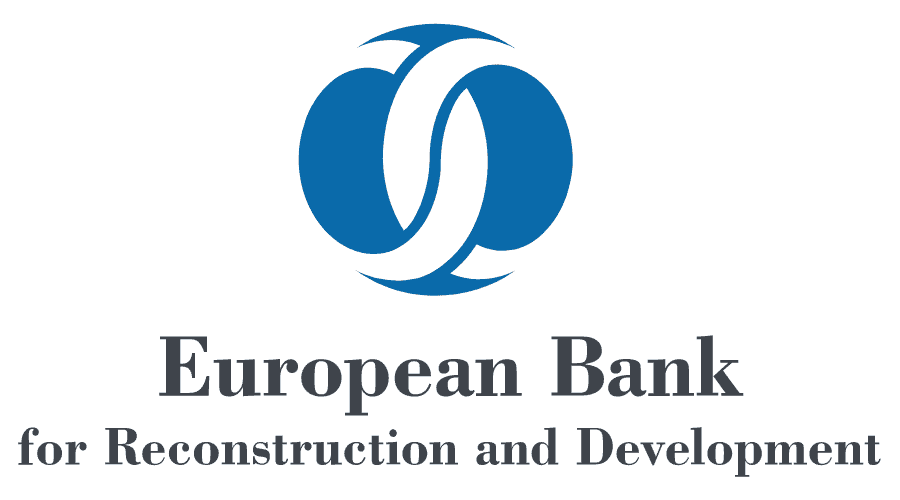
At work
“We will provide high-quality translation services for your event!”
Jikhar Translations
Lawrence Krauss
Consecutive interpretation for a professor of astrophysics at an event organized by Yandex
2024
Nick Vujicic
Consecutive interpreting and escorting of an international speaker in Central Asia
2019
Sukkhsimrandzhit Singh
Simultaneous interpretation at a seminar on intercultural religious literacy
2024
John King
Consecutive interpreting at a seminar by a leadership expert
2016
Family Business Festival
Expert presentation as a speaker at the festival
2023
Investor Forum
Consecutive and simultaneous interpretation of speeches by entrepreneurs
2022
At the Embassy of Uzbekistan in the US
Whispering and consecutive interpretation of the ambassador's speeches
2024
At the CRC Church
Translation of a church service for an international delegation from the US, South Africa, and Taiwan
2024
International Security Conference
Simultaneous interpretation into Kazakh and Russian
2023
Feedback
FAQ
What languages do you translate into?

Jikhar Translations
We translate into the following languages:
- English, Spanish, French, German
- Russian, Uzbek, Kazakh
- Arabic, Turkish, and Vietnamese
What types of translations are there?

Jikhar Translations
1. Simultaneous interpretation
Translated simultaneously with the speaker's speech.
The interpreter works in a special booth with headphones and a microphone.
The audience listens to the translation in real time through headphones.
Used at conferences, summits, and forums.
“+” Fast, convenient for large events.
2. Consecutive interpreting
The speaker pauses after each sentence so that the interpreter can translate it
Does not require special equipment
Used at negotiations, meetings, presentations, interviews
“+” More affordable, does not require complex technology
“-” Doubles the duration of the event
3. Whispered interpretation
The interpreter whispers the translation to one or two listeners
Suitable for individual negotiations or small groups
“+” No equipment required, suitable for private conversations
“-” Strains the voice, difficult to use in noisy places
4. Written translation
Text translation of documents, articles, instructions, etc.
“+” High accuracy, can be edited
“-” Requires time for processing
"If you need to convey speech quickly and effectively at large events,
choose simultaneous interpretation. For negotiations or interviews, consecutive interpretation is more convenient."
Translated simultaneously with the speaker's speech.
The interpreter works in a special booth with headphones and a microphone.
The audience listens to the translation in real time through headphones.
Used at conferences, summits, and forums.
“+” Fast, convenient for large events.
2. Consecutive interpreting
The speaker pauses after each sentence so that the interpreter can translate it
Does not require special equipment
Used at negotiations, meetings, presentations, interviews
“+” More affordable, does not require complex technology
“-” Doubles the duration of the event
3. Whispered interpretation
The interpreter whispers the translation to one or two listeners
Suitable for individual negotiations or small groups
“+” No equipment required, suitable for private conversations
“-” Strains the voice, difficult to use in noisy places
4. Written translation
Text translation of documents, articles, instructions, etc.
“+” High accuracy, can be edited
“-” Requires time for processing
"If you need to convey speech quickly and effectively at large events,
choose simultaneous interpretation. For negotiations or interviews, consecutive interpretation is more convenient."
What is the translation process at an international agency?

Jikhar Translations
At a professional translation agency, texts go through several stages to ensure maximum quality, accuracy, and style consistency. This is a complex, multi-level process that includes analysis of the source material, translation, editing, proofreading, and final review.
1. Text analysis and preparation for translation
Before starting work, the text is carefully analyzed:
Determining the subject matter and style. It is important to understand whether the text is legal, technical, medical, artistic, or marketing-related, as this affects the choice of translation approach.
Identifying specific terminology. Glossaries, databases, and terminology reference books are used, and terms are agreed upon with the client.
Formatting and layout. If the document contains graphs, tables, diagrams, or complex formatting, these elements are taken into account from the outset.
2. Translation
At this stage, the translator performs the main work:
Conveying the meaning and structure of the original text. Grammatical, stylistic, and cultural features of the target language are taken into account.
Working with terminology. If there are complex or highly specialized terms, the translator consults glossaries and thematic sources.
Use of specialized software. Depending on the type of text, computer-assisted translation (CAT) tools such as SDL Trados, MemoQ, and Smartcat may be used to help maintain consistency in terminology.
3. Editing (two main stages)
After translation, the text undergoes an editing stage, which may include several types of editing:
Linguistic editing. Correction of grammatical, syntactic, spelling, and stylistic errors. Improvement of the text's sound, adaptation of sentence structure.
Editing for consistency with the original. The accuracy of the meaning is checked, as well as the absence of omissions, incorrect translation of terms, or the addition of unnecessary elements.
Editing by a native speaker. If the text is intended for publication (e.g., marketing material, article, or literary translation), it must be checked by a native speaker to ensure that it sounds natural.
4. Proofreading (final check)
At this stage, the text undergoes a final check before being delivered to the client:
Proofreading and correction of minor errors. Punctuation, formatting consistency, correct use of upper and lower case letters, absence of extra spaces and typos are checked
Layout check (if necessary). This is especially important when working with presentations, websites, and advertising materials
Final comparison with the original. Checking that no important meaning has been lost during editing.
5. Additional steps for special types of texts
Some texts require additional processing:
Localization. If a website, program, or advertisement is being translated, the adaptation takes into account the cultural characteristics of the target audience.
Transcreation. In marketing and advertising texts, the translation must not only convey the meaning, but also preserve the emotional impact of the original.
Legal certification. Official documents (contracts, certificates, statutory documents) may require notarization or apostille certification.
6. Delivery of the text to the customer and final revisions
After all stages are complete, the finished text is delivered to the customer. If necessary, the customer can make comments, and the agency makes final corrections.
Quality assurance. Many agencies provide post-editing revisions for a certain period after the translation is delivered.
“The process of written translation at an agency is not simply a matter of transferring words from one language to another, but a multi-stage process that requires accuracy, stylistic consistency, and a deep understanding of the context. It is thanks to this system that professional translation achieves the high level of quality required for international communication.”
1. Text analysis and preparation for translation
Before starting work, the text is carefully analyzed:
Determining the subject matter and style. It is important to understand whether the text is legal, technical, medical, artistic, or marketing-related, as this affects the choice of translation approach.
Identifying specific terminology. Glossaries, databases, and terminology reference books are used, and terms are agreed upon with the client.
Formatting and layout. If the document contains graphs, tables, diagrams, or complex formatting, these elements are taken into account from the outset.
2. Translation
At this stage, the translator performs the main work:
Conveying the meaning and structure of the original text. Grammatical, stylistic, and cultural features of the target language are taken into account.
Working with terminology. If there are complex or highly specialized terms, the translator consults glossaries and thematic sources.
Use of specialized software. Depending on the type of text, computer-assisted translation (CAT) tools such as SDL Trados, MemoQ, and Smartcat may be used to help maintain consistency in terminology.
3. Editing (two main stages)
After translation, the text undergoes an editing stage, which may include several types of editing:
Linguistic editing. Correction of grammatical, syntactic, spelling, and stylistic errors. Improvement of the text's sound, adaptation of sentence structure.
Editing for consistency with the original. The accuracy of the meaning is checked, as well as the absence of omissions, incorrect translation of terms, or the addition of unnecessary elements.
Editing by a native speaker. If the text is intended for publication (e.g., marketing material, article, or literary translation), it must be checked by a native speaker to ensure that it sounds natural.
4. Proofreading (final check)
At this stage, the text undergoes a final check before being delivered to the client:
Proofreading and correction of minor errors. Punctuation, formatting consistency, correct use of upper and lower case letters, absence of extra spaces and typos are checked
Layout check (if necessary). This is especially important when working with presentations, websites, and advertising materials
Final comparison with the original. Checking that no important meaning has been lost during editing.
5. Additional steps for special types of texts
Some texts require additional processing:
Localization. If a website, program, or advertisement is being translated, the adaptation takes into account the cultural characteristics of the target audience.
Transcreation. In marketing and advertising texts, the translation must not only convey the meaning, but also preserve the emotional impact of the original.
Legal certification. Official documents (contracts, certificates, statutory documents) may require notarization or apostille certification.
6. Delivery of the text to the customer and final revisions
After all stages are complete, the finished text is delivered to the customer. If necessary, the customer can make comments, and the agency makes final corrections.
Quality assurance. Many agencies provide post-editing revisions for a certain period after the translation is delivered.
“The process of written translation at an agency is not simply a matter of transferring words from one language to another, but a multi-stage process that requires accuracy, stylistic consistency, and a deep understanding of the context. It is thanks to this system that professional translation achieves the high level of quality required for international communication.”
What are the advantages of a translator over AI?

Jikhar Translations
Despite the achievements of artificial intelligence in the field of translation, humans continue to have a number of significant advantages in various types of translation. Here are the main advantages of humans over AI in four types of translation:
1. Simultaneous interpretation
Contextual awareness: Humans can immediately perceive and understand the context of a speech, including cultural and emotional nuances, which makes the translation more accurate and expressive.
Adaptation to changes: Translators can quickly adapt to unexpected changes in speech, such as pauses, jokes, or stylistic features, which AI often cannot process effectively.
Real-time error reduction: Translators can correct errors or omissions during the translation process, which is important in dynamic communication situations.
2. Consecutive translation
Accuracy and nuances: Humans can take into account all details, including emotional tone, intonation, and informal expressions, making the translation more accurate and sensitive.
Flexibility: Translators can adapt the translation to the specifics of the conversation and use appropriate vocabulary depending on the situation (e.g., legal or technical jargon).
Understanding of local characteristics: Humans can take into account local cultural contexts that may be overlooked by machine translation, especially when communicating with speakers of different languages.
3. Written translation
Creativity and style: Humans can adapt the text to suit the style and purpose, whether it is a literary, marketing, or legal translation, allowing the unique features of the original to be preserved.
Deep understanding of the text: Humans are able to analyze the depth of the text and convey not only information but also subtext, which is important for translating complex or ambiguous material.
Proofreading and editing: Humans can carefully check the translation, identifying any inconsistencies or errors that AI may miss, especially in long and complex texts.
4. Technical translation
Specialized knowledge: A translator with experience in a specific field (e.g., engineering, medicine, law) can convey accurate technical terms and phrases, which is necessary to ensure accuracy in specialized texts.
Context analysis: Humans can take into account the context in which technical terms are used, adapting them to the specific conditions and characteristics of the project.
Interpretation and clarification: Sometimes technical texts require clarification or explanation to ensure the accuracy of the translation, which humans are much better at than AI.
"Despite the powerful capabilities of artificial intelligence, humans remain indispensable in translation, where nuances, context, and depth of perception are important. AI can be an effective tool for simplifying tasks and speeding up processes, but to ensure high-quality translation and accuracy, especially in complex and specific situations, the human factor remains critically important."
1. Simultaneous interpretation
Contextual awareness: Humans can immediately perceive and understand the context of a speech, including cultural and emotional nuances, which makes the translation more accurate and expressive.
Adaptation to changes: Translators can quickly adapt to unexpected changes in speech, such as pauses, jokes, or stylistic features, which AI often cannot process effectively.
Real-time error reduction: Translators can correct errors or omissions during the translation process, which is important in dynamic communication situations.
2. Consecutive translation
Accuracy and nuances: Humans can take into account all details, including emotional tone, intonation, and informal expressions, making the translation more accurate and sensitive.
Flexibility: Translators can adapt the translation to the specifics of the conversation and use appropriate vocabulary depending on the situation (e.g., legal or technical jargon).
Understanding of local characteristics: Humans can take into account local cultural contexts that may be overlooked by machine translation, especially when communicating with speakers of different languages.
3. Written translation
Creativity and style: Humans can adapt the text to suit the style and purpose, whether it is a literary, marketing, or legal translation, allowing the unique features of the original to be preserved.
Deep understanding of the text: Humans are able to analyze the depth of the text and convey not only information but also subtext, which is important for translating complex or ambiguous material.
Proofreading and editing: Humans can carefully check the translation, identifying any inconsistencies or errors that AI may miss, especially in long and complex texts.
4. Technical translation
Specialized knowledge: A translator with experience in a specific field (e.g., engineering, medicine, law) can convey accurate technical terms and phrases, which is necessary to ensure accuracy in specialized texts.
Context analysis: Humans can take into account the context in which technical terms are used, adapting them to the specific conditions and characteristics of the project.
Interpretation and clarification: Sometimes technical texts require clarification or explanation to ensure the accuracy of the translation, which humans are much better at than AI.
"Despite the powerful capabilities of artificial intelligence, humans remain indispensable in translation, where nuances, context, and depth of perception are important. AI can be an effective tool for simplifying tasks and speeding up processes, but to ensure high-quality translation and accuracy, especially in complex and specific situations, the human factor remains critically important."
How is AI used in translation?

Jikhar Translations
Artificial intelligence (AI) is having an increasingly noticeable impact on the field of translation, including simultaneous and consecutive interpreting. Technologies such as neural networks and machine learning are already being actively used to automate translation processes and improve their quality and speed. However, it is worth noting that AI in translation is not simply a replacement for human labor, but rather a powerful tool that can significantly improve the work of translators. Let's take a look at how AI is changing the translation market.
Artificial intelligence in simultaneous translation
Simultaneous translation has traditionally required experienced translators working in real time and complex technologies for processing audio and video materials. However, with the development of AI, systems capable of real-time translation have emerged
Advantages of AI in simultaneous interpretation:
Speed: AI can process and translate large amounts of information almost instantly, which is especially useful in dynamic and crowded events.
Cost reduction: Machine translation can significantly reduce the cost of translation services, especially for large events.
Multiple language processing: AI can work with multiple languages simultaneously, which is ideal for international forums with participants from different countries
Disadvantages of AI in simultaneous translation:
Lack of nuance: Although AI can translate text quickly, it cannot always capture cultural and contextual nuances, leading to errors or omissions
Less flexibility: AI does not always cope well with non-standard or complex situations, such as informal conversations, irony, or specific jargon
Artificial intelligence in consecutive translation
AI also has applications in the field of consecutive translation, albeit to a lesser extent. Machine translation, for example, can be useful for translating written materials or recordings, but its use is limited for live meetings. However, AI can be an excellent assistant for translators, facilitating their work by providing quick tips and dictionaries.
Advantages of AI in consecutive interpreting:
Preparation assistance: AI can assist interpreters by providing preliminary translations of materials, which speeds up the process of preparing for meetings and negotiations.
Knowledge enrichment: AI can analyze large amounts of text and offer interpreters translation options that take context and terminology into account.
Training and education: AI can be used to teach translators new methods and improve their skills using large databases and examples of real translations
Disadvantages of AI in consecutive translation:
Not always accurate: AI may not always understand the context correctly, especially in the case of complex topics, legal or technical issues
Emotional component: Communication often involves emotions that AI cannot understand or convey with the right intonation, which is important in negotiation processes
AI as an assistant for translators
Although AI can perform basic translation tasks, it is unlikely to completely replace human translators in the near future. At the same time, it is an indispensable tool for improving translation quality, speeding up processes, and increasing accuracy. For example, neural networks and machine learning systems can provide translators with additional resources for their work.
"Artificial intelligence is already making significant changes in the field of translation, providing new opportunities for simultaneous and consecutive translation. Despite its limitations, AI continues to evolve and is becoming an important tool for professionals, working in tandem with the human factor. For most tasks that require high accuracy and attention to detail, it is still better to rely on experienced translators. However, when combined with AI technologies, they can significantly increase efficiency, reducing costs and speeding up the translation process.
AI in translation is the future that has already arrived, and its role in international business and communications continues to grow.
Artificial intelligence in simultaneous translation
Simultaneous translation has traditionally required experienced translators working in real time and complex technologies for processing audio and video materials. However, with the development of AI, systems capable of real-time translation have emerged
Advantages of AI in simultaneous interpretation:
Speed: AI can process and translate large amounts of information almost instantly, which is especially useful in dynamic and crowded events.
Cost reduction: Machine translation can significantly reduce the cost of translation services, especially for large events.
Multiple language processing: AI can work with multiple languages simultaneously, which is ideal for international forums with participants from different countries
Disadvantages of AI in simultaneous translation:
Lack of nuance: Although AI can translate text quickly, it cannot always capture cultural and contextual nuances, leading to errors or omissions
Less flexibility: AI does not always cope well with non-standard or complex situations, such as informal conversations, irony, or specific jargon
Artificial intelligence in consecutive translation
AI also has applications in the field of consecutive translation, albeit to a lesser extent. Machine translation, for example, can be useful for translating written materials or recordings, but its use is limited for live meetings. However, AI can be an excellent assistant for translators, facilitating their work by providing quick tips and dictionaries.
Advantages of AI in consecutive interpreting:
Preparation assistance: AI can assist interpreters by providing preliminary translations of materials, which speeds up the process of preparing for meetings and negotiations.
Knowledge enrichment: AI can analyze large amounts of text and offer interpreters translation options that take context and terminology into account.
Training and education: AI can be used to teach translators new methods and improve their skills using large databases and examples of real translations
Disadvantages of AI in consecutive translation:
Not always accurate: AI may not always understand the context correctly, especially in the case of complex topics, legal or technical issues
Emotional component: Communication often involves emotions that AI cannot understand or convey with the right intonation, which is important in negotiation processes
AI as an assistant for translators
Although AI can perform basic translation tasks, it is unlikely to completely replace human translators in the near future. At the same time, it is an indispensable tool for improving translation quality, speeding up processes, and increasing accuracy. For example, neural networks and machine learning systems can provide translators with additional resources for their work.
"Artificial intelligence is already making significant changes in the field of translation, providing new opportunities for simultaneous and consecutive translation. Despite its limitations, AI continues to evolve and is becoming an important tool for professionals, working in tandem with the human factor. For most tasks that require high accuracy and attention to detail, it is still better to rely on experienced translators. However, when combined with AI technologies, they can significantly increase efficiency, reducing costs and speeding up the translation process.
AI in translation is the future that has already arrived, and its role in international business and communications continues to grow.
What is the history of simultaneous interpreting?

Jikhar Translations
The history of simultaneous interpreting is closely linked to the development of international communication and the need for real-time translation, especially at large international meetings and conferences.
The first attempts at simultaneous interpreting began to appear in the early 20th century, when there was a need to facilitate communication at large meetings between representatives of different countries. But the real revolution took place in the 1920s. The first significant use of simultaneous interpreting was introduced in 1926 at a League of Nations conference, when a primitive mechanism was used to translate speeches simultaneously with the speeches themselves.
However, the real technological and methodological basis for simultaneous interpretation was laid in the 1940s, when simultaneous interpretation in its more modern form was used at the Nuremberg Trials in 1945. During that period, a special type of equipment was developed and implemented, including microphones and headphones for participants and interpreters. This made it possible to translate speech in real time, which significantly improved communication at international meetings.
Since then, simultaneous interpretation has continued to evolve, especially with the advent of new technologies. Today, this method is actively used at international summits, diplomatic meetings, the UN, major conferences, and in other areas where accurate and prompt interpretation with minimal delays is important.
The Nuremberg Trials
Simultaneous interpretation at the Nuremberg Trials in 1945–1946 played a crucial role in ensuring effective communication between representatives of different countries, as the trials attracted participants who spoke different languages and required accurate and timely interpretation for lawyers, judges, prosecutors, defendants, and the public.
Here are some key facts and figures:
1. Historical significance
The Nuremberg Trials were the first major international legal proceedings to use simultaneous interpretation. Before that, different forms of consecutive interpretation were used, but they were much slower and required interruptions in speech.
2. Languages used
Several languages were required for translation at the Nuremberg Trials: English, French, German, Russian, and, to some extent, Italian. This meant that an interpreter was needed for each of these languages.
3. Development of technology
At that time, simultaneous interpretation was still in the development stage. A unique system was used in Nuremberg, which was the prototype of modern simultaneous interpretation systems. The main work on creating the interpretation system was carried out by Bayer, which provided equipment, including microphones, headphones, and other devices that allowed speech to be interpreted directly during speeches.
4. Number of interpreters
About 20 interpreters worked at the Nuremberg trials, working in different shifts to ensure the smooth operation of the translation system. These interpreters were qualified specialists who spoke several languages. They used special booths and microphones for real-time translation.
5. The importance of simultaneous interpretation
Until then, consecutive interpretation had been used in international court proceedings, which required significant breaks, increasing the length of the hearings and creating difficulties for those involved in the process. Simultaneous interpretation made it possible to speed up the process considerably, while maintaining accuracy and minimizing delays.
6. Technical difficulties
There were problems with the equipment at the Nuremberg trials, as simultaneous interpretation was a new technology. There were occasional problems with microphones and headphones, but thanks to the perseverance and professionalism of the interpreters, the process continued and the system worked well overall.
7. Interpreters
The interpreters who participated in the Nuremberg trials played a huge role, not only in translating speeches but also in preserving the historical accuracy of the testimony. They worked under stressful and high-pressure conditions, as mistakes in translation could have fatal consequences.
The first attempts at simultaneous interpreting began to appear in the early 20th century, when there was a need to facilitate communication at large meetings between representatives of different countries. But the real revolution took place in the 1920s. The first significant use of simultaneous interpreting was introduced in 1926 at a League of Nations conference, when a primitive mechanism was used to translate speeches simultaneously with the speeches themselves.
However, the real technological and methodological basis for simultaneous interpretation was laid in the 1940s, when simultaneous interpretation in its more modern form was used at the Nuremberg Trials in 1945. During that period, a special type of equipment was developed and implemented, including microphones and headphones for participants and interpreters. This made it possible to translate speech in real time, which significantly improved communication at international meetings.
Since then, simultaneous interpretation has continued to evolve, especially with the advent of new technologies. Today, this method is actively used at international summits, diplomatic meetings, the UN, major conferences, and in other areas where accurate and prompt interpretation with minimal delays is important.
The Nuremberg Trials
Simultaneous interpretation at the Nuremberg Trials in 1945–1946 played a crucial role in ensuring effective communication between representatives of different countries, as the trials attracted participants who spoke different languages and required accurate and timely interpretation for lawyers, judges, prosecutors, defendants, and the public.
Here are some key facts and figures:
1. Historical significance
The Nuremberg Trials were the first major international legal proceedings to use simultaneous interpretation. Before that, different forms of consecutive interpretation were used, but they were much slower and required interruptions in speech.
2. Languages used
Several languages were required for translation at the Nuremberg Trials: English, French, German, Russian, and, to some extent, Italian. This meant that an interpreter was needed for each of these languages.
3. Development of technology
At that time, simultaneous interpretation was still in the development stage. A unique system was used in Nuremberg, which was the prototype of modern simultaneous interpretation systems. The main work on creating the interpretation system was carried out by Bayer, which provided equipment, including microphones, headphones, and other devices that allowed speech to be interpreted directly during speeches.
4. Number of interpreters
About 20 interpreters worked at the Nuremberg trials, working in different shifts to ensure the smooth operation of the translation system. These interpreters were qualified specialists who spoke several languages. They used special booths and microphones for real-time translation.
5. The importance of simultaneous interpretation
Until then, consecutive interpretation had been used in international court proceedings, which required significant breaks, increasing the length of the hearings and creating difficulties for those involved in the process. Simultaneous interpretation made it possible to speed up the process considerably, while maintaining accuracy and minimizing delays.
6. Technical difficulties
There were problems with the equipment at the Nuremberg trials, as simultaneous interpretation was a new technology. There were occasional problems with microphones and headphones, but thanks to the perseverance and professionalism of the interpreters, the process continued and the system worked well overall.
7. Interpreters
The interpreters who participated in the Nuremberg trials played a huge role, not only in translating speeches but also in preserving the historical accuracy of the testimony. They worked under stressful and high-pressure conditions, as mistakes in translation could have fatal consequences.
What is the history of written translation?

Jikhar Translations
Translation is one of the oldest human activities, which has played a key role in the transfer of knowledge, the spread of religions, and the development of cultural exchange. Its history spans thousands of years and covers many eras, from ancient civilizations to modern technologies.
The first translations in the ancient world
The history of translation began in ancient Egypt, Mesopotamia, China, and India. In these civilizations, translators adapted religious and administrative texts into different languages for rulers and officials.
One of the first known examples is the translation of Sumerian texts into Akkadian in the 3rd millennium BC. Babylonian scribes translated laws, myths, and astronomical treatises, which contributed to the preservation and dissemination of knowledge.
The Hellenistic period and the translation of the Septuagint
One of the most important events in the history of translation was the translation of the Old Testament from Hebrew into Ancient Greek (3rd-2nd centuries BC), known as the Septuagint. According to legend, 72 scholars worked on it in Alexandria, making this text accessible to the Greek-speaking world and influencing the further development of the Christian tradition.
During the same period, Greek philosophical and scientific works were actively translated into Latin, which contributed to the spread of knowledge throughout the Roman Empire.
The Middle Ages and the role of Arab translators
In the Middle Ages, translation activity received a new impetus thanks to Arab scholars who translated Greek and Latin works into Arabic. The House of Wisdom in Baghdad (8th-10th centuries) translated the works of Aristotle, Hippocrates, Galen, and other ancient authors. These translations later played an important role in the transfer of knowledge to medieval Europe.
In Europe, St. Jerome played a key role in the translation of religious texts, translating the Bible into Latin (the Vulgate) in the 4th century. This translation remained the main one in the Catholic Church for many centuries.
The Renaissance and the Modern Era
The Renaissance (14th-16th centuries) brought a surge of interest in the ancient heritage. During this period, texts were actively translated from Ancient Greek, Latin, Arabic, and Eastern languages. Translators such as Erasmus of Rotterdam worked to improve biblical translations, while scholars worked to adapt scientific treatises.
With the invention of printing in the 15th century, translations began to spread more quickly, contributing to the growth of literacy and cultural exchange.
19th-20th centuries: standardization and a scientific approach
In the 19th and 20th centuries, translation became systematic. Scientific schools of translation appeared, studying methods of conveying meaning, stylistics, and cultural characteristics.
At the same time, the standardization of legal and diplomatic translations began, which played a key role in international relations.
Modern technologies and machine translation
The 21st century brought a digital revolution that changed the translation process. The advent of machine translation (e.g., Google Translate, neural network systems) has significantly accelerated the work of translators. However, the human factor remains important for conveying cultural and stylistic nuances.
“The history of written translation shows how important a role it has played in the development of civilizations. From ancient Sumerian texts to modern technologies, translation has always been a tool that connected cultures, transferred knowledge, and facilitated global interaction.”
Our team



Mariya Jikhar
Technical Director
Grigory Steblyanko
Head of Translation Department
Vladimir Jikhar
CEO, Head of Simultanious Translation Department
Every translation is a personal work
Describe the task, and we will calculate the cost and contact you.



